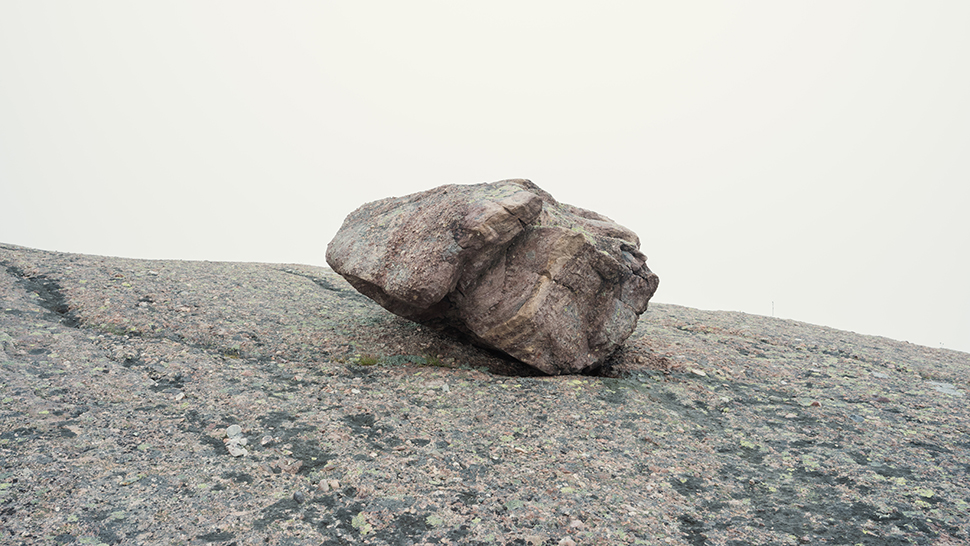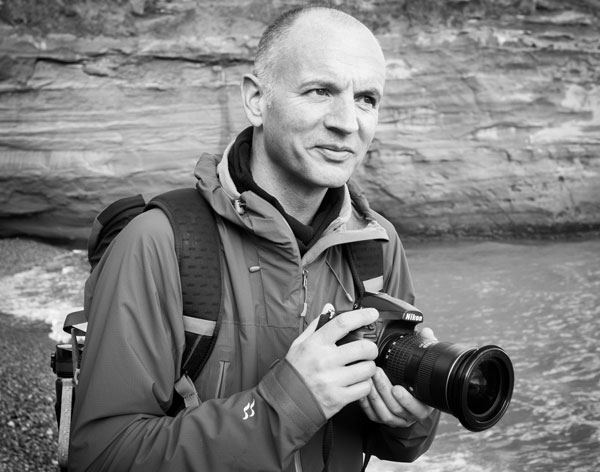

Benedict Brain is a UK-based photographer, journalist and artist. He is an Associate of the Royal Photographic Society and sits on the society’s Distinctions Advisory Panel. He is also a past editor of Digital Camera Magazine, and the author of You Will be Able to Take Great Photos by The End of This Book.
This is an image from my recent trip on a ship, which I wrote about in my previous column. It was taken toward the end of the voyage, and I had been at sea in the north Atlantic for about five days without seeing land. While there were a bunch of passengers and crew, I was traveling solo: on the whole I don’t mind that, but it can start to feel a bit weird after so many days in the ocean.
This lone rock was taken not long after arriving in the Newfoundland port town of St John, conveniently on Canada Day. It was a glorious day, and delightful to set foot on land again. I chose this image to talk about because, apart from quite liking it, I feel it also has an autobiographical element, which can be an interesting way to approach landscape photography.
I often refer to American photographer Robert Adams. Adams suggests in his wonderful book Beauty In Photography: “Landscape pictures can offer us, I think, three verities – geography, autobiography and metaphor. Geography is, if taken alone, sometimes boring, autobiography is frequently trivial, and metaphor can be dubious. But taken together… the three kinds of information strengthen each other and reinforce what we all work to keep intact – an affection for life.”
This has stuck with me since reading the book at college over 30 years ago, and something I always strive to achieve. For me, this is what I think Adams means: by ‘geography’, he is referring to the visual record of a place, topography, weather, light and so on. In this case, a rock on another rock in the mist. By ‘autobiography’, he’s asking for an element of personal expression. For me, the lone rock speaks to how I was feeling at the time – maybe a little bit lonely. Finally, by ‘metaphor’, Adams asks if the image can be used to imply an alternative meaning or message, of which there are myriad interpretations. What does it mean to you?
• Other articles in the Art of Seeing series
Read more:
• The 50 best photographers ever
• 100 best photography quotes from famous photographers
• The best coffee-table books on photography







